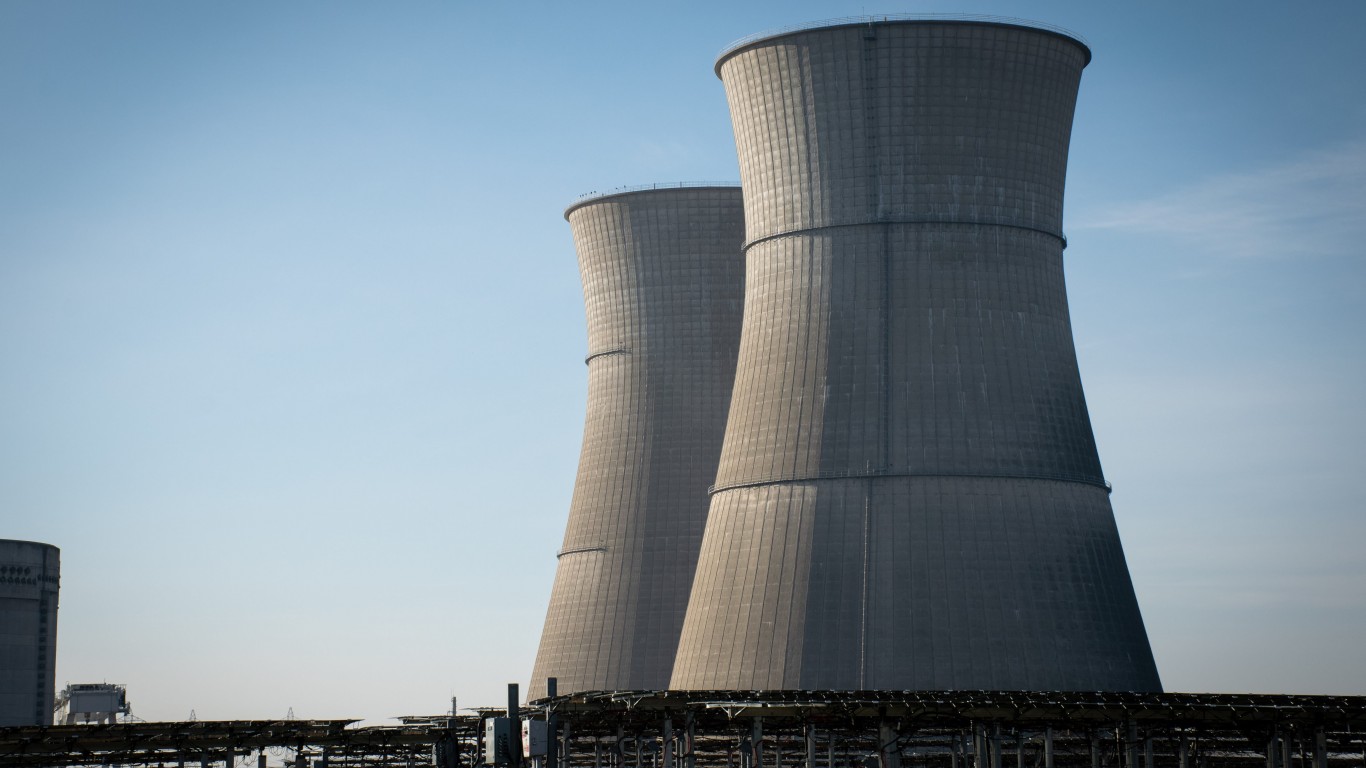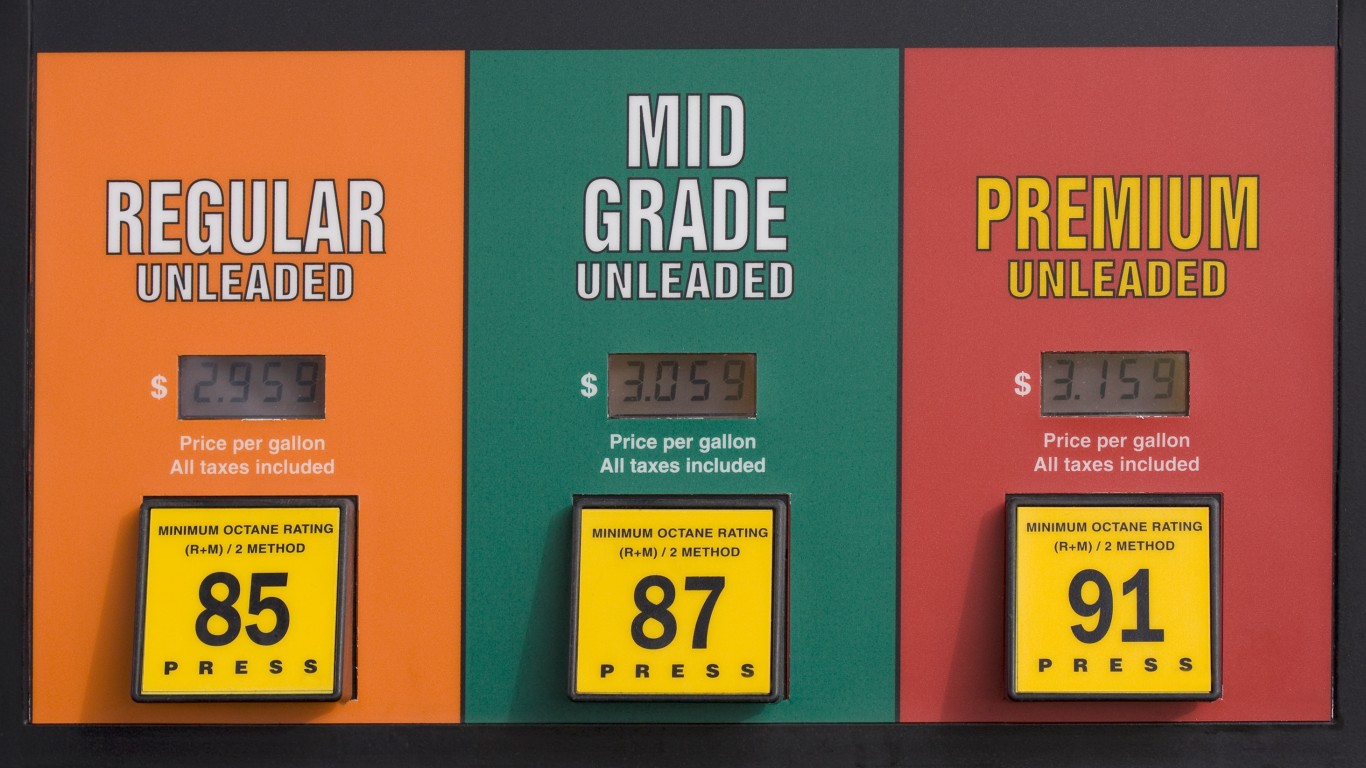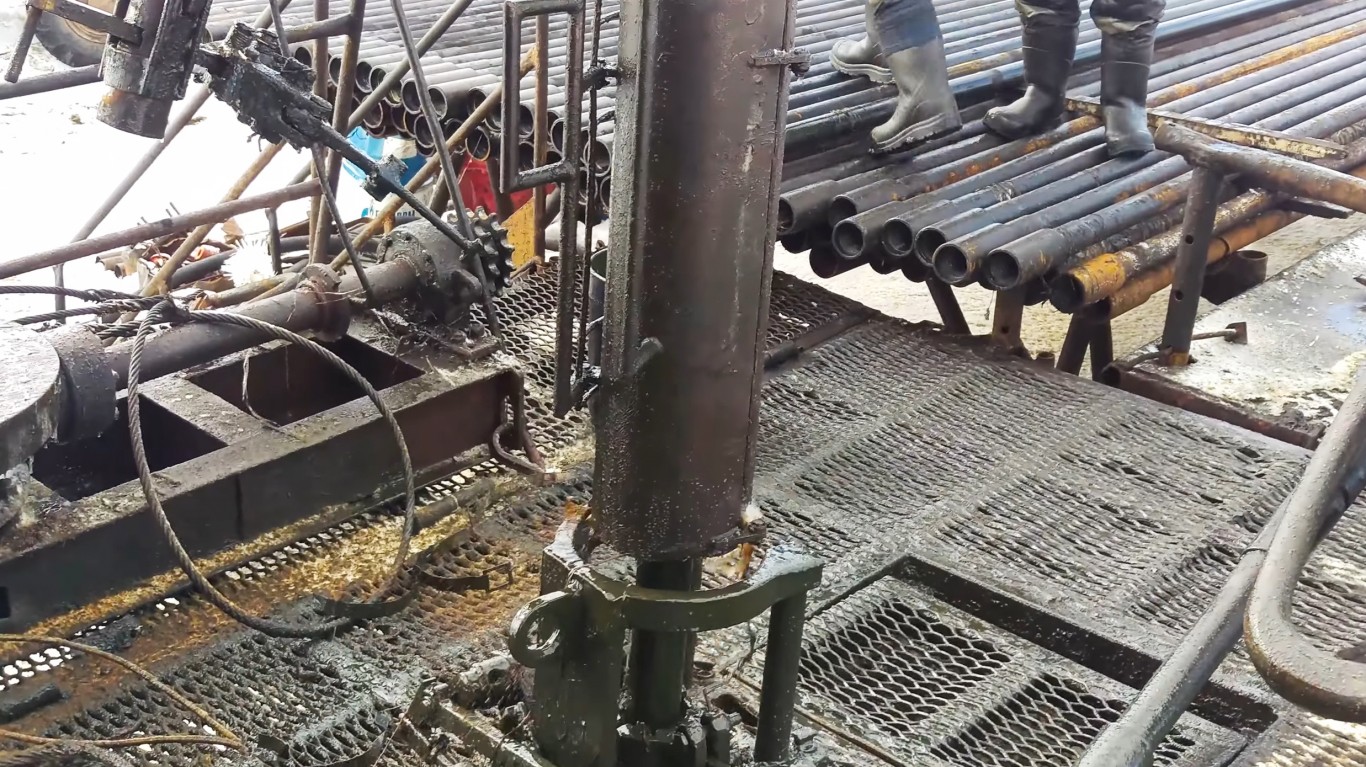 China does not need to depend on the free market to set gas prices. It can largely determine what its drivers and businesses pay for gas and diesel. The U.S., on the other hand, is at the mercy of market forces. The increasing price of oil rapidly has pushed the price of a gallon of regular gas to $3.85.
China does not need to depend on the free market to set gas prices. It can largely determine what its drivers and businesses pay for gas and diesel. The U.S., on the other hand, is at the mercy of market forces. The increasing price of oil rapidly has pushed the price of a gallon of regular gas to $3.85.
China’s drivers and businesses are about to go through the second increase in gas and diesel prices in six weeks. The central government has pushed up the price of gas 6.4% as part of the most recent change. Diesel prices were raised 7%. The primary reason for the changes, outsiders speculate, is that China’s huge oil companies — China Petroleum & Chemical (NYSE: SNP) and PetroChina (NYSE: PTR) — both partially owned by the state, have posted billions of dollars in losses as they act their parts in a system that keeps gas prices low despite the huge increase in crude costs over the past three months.
As fuel prices threaten the world’s economy, it hardly matters why gas, petrochemical and diesel prices rise. All economies are trapped by the rise in crude. There is nothing in the supply and demand system to offset this. Political problems in Iran will not go away any time soon.
Several refineries in the U.S. cannot make money any more because they cannot pass the cost of crude onto the market. That means some, particularly on the East Coast, will close. That will have the likely effect of making gas prices even higher. In China, the government will keep refineries open. The government can pay for them to stay open. But now its wants better margins to do so, and it can force that case.
China may be the last large nation in which inexpensive gas prices help continue to fuel improvement in gross domestic product. If that process ends swiftly, the price of energy will join an overall slowdown in factory activity and real estate value deflation in the People’s Republic to sharply undercut economic expansion. China quickly will become more like the rest of the world, at least economically.
Douglas A. McIntyre
Are You Still Paying With a Debit Card?
The average American spends $17,274 on debit cards a year, and it’s a HUGE mistake. First, debit cards don’t have the same fraud protections as credit cards. Once your money is gone, it’s gone. But more importantly you can actually get something back from this spending every time you swipe.
Issuers are handing out wild bonuses right now. With some you can earn up to 5% back on every purchase. That’s like getting a 5% discount on everything you buy!
Our top pick is kind of hard to imagine. Not only does it pay up to 5% back, it also includes a $200 cash back reward in the first six months, a 0% intro APR, and…. $0 annual fee. It’s quite literally free money for any one that uses a card regularly. Click here to learn more!
Flywheel Publishing has partnered with CardRatings to provide coverage of credit card products. Flywheel Publishing and CardRatings may receive a commission from card issuers.
Thank you for reading! Have some feedback for us?
Contact the 24/7 Wall St. editorial team.




